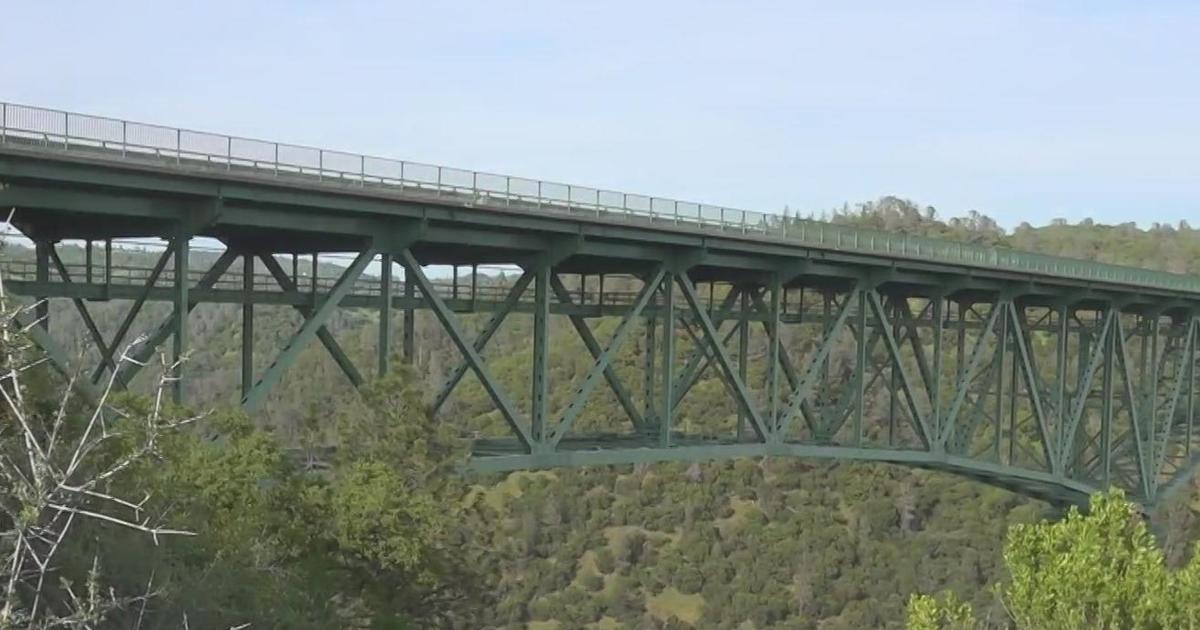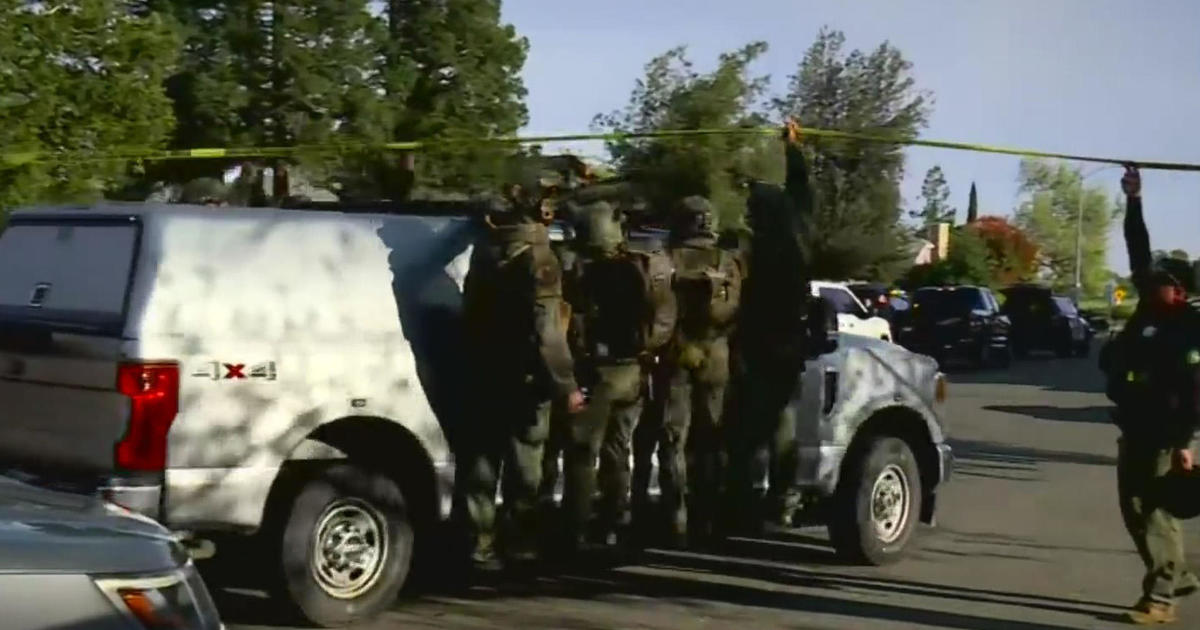Levee Safety A Focus In Aftermath Of Sacramento River Boat Fire near I-80 Bridge
SACRAMENTO (CBS13) — It's been one week since a boat erupted in flames near the I-80 bridge over the Sacramento River, and while multiple agencies work to assess what happens next, it's shining a light on how to police what's in the river and along it.
The burnt-out boat still bobs on the water under the stretch of freeway connecting West Sacramento and Natomas. State officials say dangerous chemicals onboard have been removed.
"That's the emergency phase of this, and then once we finish that, we will talk with other agencies about removing it, salvaging it," said Eric Loughlin with the California Department of Fish and Wildlife.
History proves that wasn't always the case — just take a look at the riverfront during the Gold Rush days.
"Where the ships would just sink, they would let them sink. They would catch fire and they would just let them sink, so literally there at the waterfront," said Marcia Eymann, a city historian. "You have layers of ships from different time periods, kind of like a paleological look at time."
Time is steering state agencies to not only remove boats along the river but better protect the environment and infrastructure long term.
"If we do have a large storm event, that boat could move downstream and cause damage later on. [It could] wipe out various boat docks [and] potentially impact the I Street bridge," said Kevin King, the general manager of Reclamation District 1000.
Reclamation District 1000 does not have authority beyond the water's edge but does have a vested interest in making sure the levee system is secure. That's why, this January, they began issuing notices over access and visibility to better monitor what's happening.
Of the 600 properties along the ten-mile stretch they manage along Garden Highway, 100 have received notices. One of the reasons they need to see what's going on along the levee slope is to see whether or not people are doing construction. If it's not permitted, it may be doing damage to the levee itself.
Most of the violations are over unpermitted encroachments or non-native plants, and they are using a $500,000 state grant from the flood maintenance assistance program to help.
"We've abated 60 properties at this point and are working with the other 40 to come into compliance," King said.
The agency is pouring its efforts into education and remediation because what happens now will have a ripple effect when it comes to flood risk in the future.
So far, these are notices. If they do not come into compliance by fall, Reclamation District 1000 may be required to turn them over to the Central Valley Flood Protection Board for enforcement action, and that could mean fines of up to thousands of dollars.



